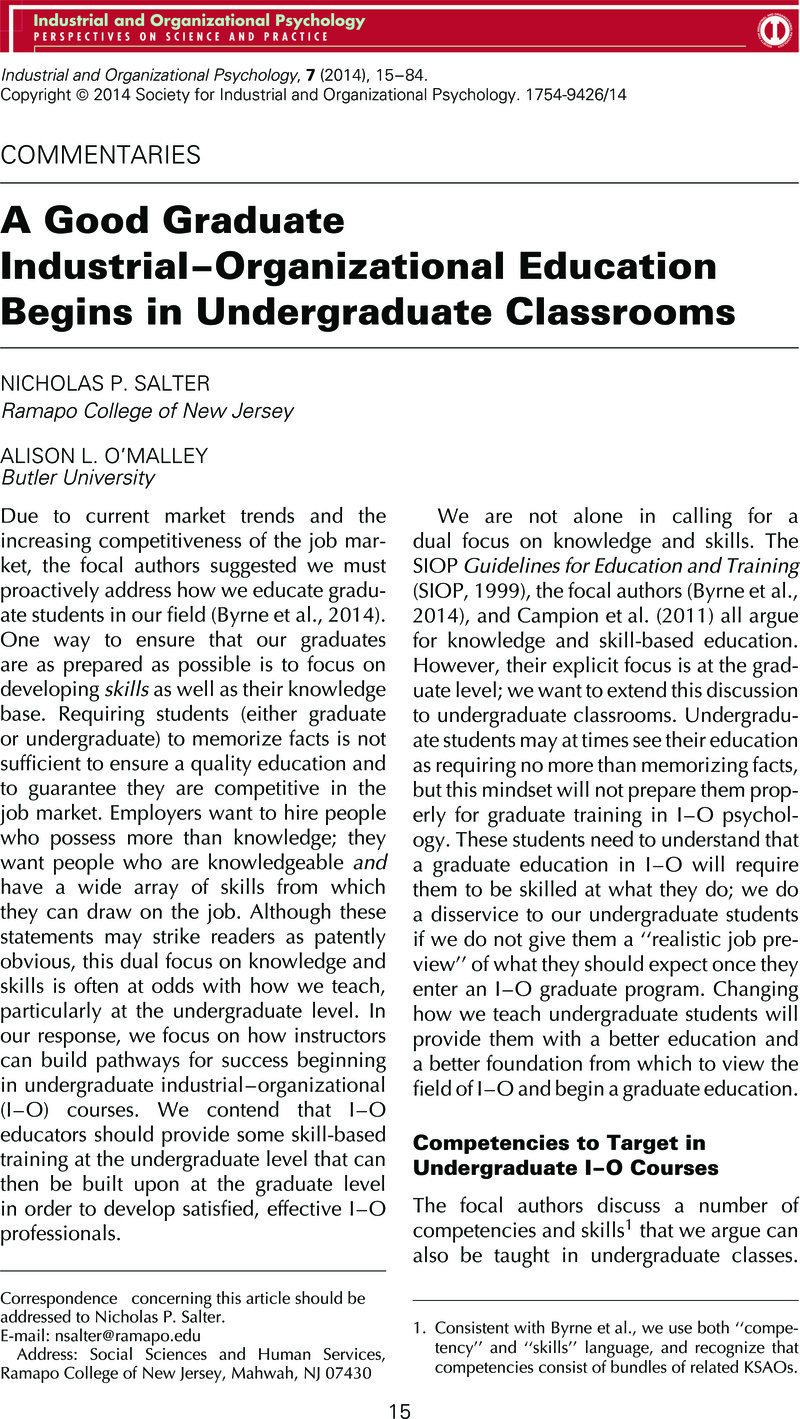Crossref Citations
This article has been cited by the following publications. This list is generated based on data provided by Crossref.
Бозоян, Микола
and
Каламайко, Дмитро
2022.
Соціально-психологічний тренінг у формуванні комунікативних компетенцій професіоналізму у майбутніх фахівців правоохоронної діяльності.
Теоретичні і прикладні проблеми психології,
p.
14.
Stone, Nancy J.
Nees, Michael A.
Hancock, Gabriella M.
Kelling, Nicholas
and
Rovira, Ericka
2023.
Academic Options: Teaching-Intensive Institutions.
Proceedings of the Human Factors and Ergonomics Society Annual Meeting,
Vol. 67,
Issue. 1,
p.
259.





